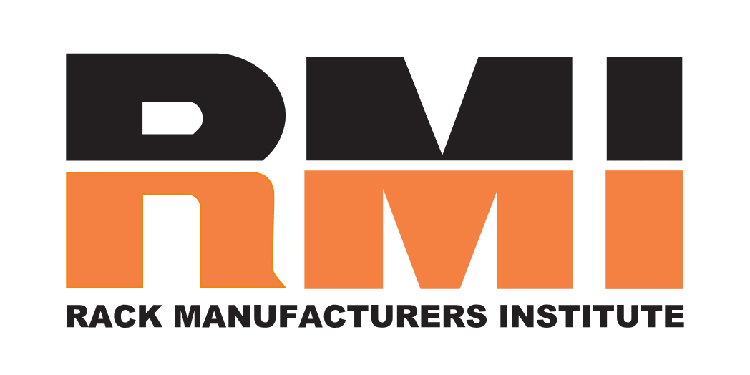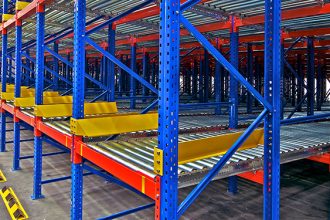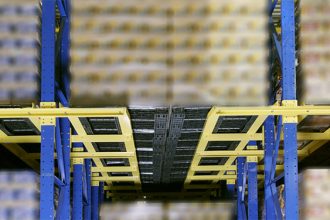The Ins and Outs of Pallet Rack Anchoring

Anchoring is required and essential. Here’s what you need to know.
Your racking systems are the heart of your warehousing storage, and ensuring safe use is essential. In most cases, racking holds multiple tons of pallets, representing thousands upon thousands of dollar’s worth of products. Any sort of racking collapse could be financially catastrophic to an operation. More than that, however, your employee safety is at stake. Securing your racking is essential.
Proper anchoring according to the project drawings is important to ensure a safe racking system. Both the RMI and OSHA have guidelines/requirements for safe anchoring. OSHA issues citations when anchors are not managed properly, and anchor-related citations remain one of the most common that the agency issues. The RMI’s ANSI-approved standard can be purchased from https://www.mhi.org/rmi/ for reference.
The requirements for racking are that you anchor all your columns to the floor according to the design documents. Each column has its own baseplate, coming in a variety of shapes and sizes. The different types of anchors include wedge anchors, which are typically the most affordable and most common. To install a wedge anchor, your equipment installer will drill a hole in the concrete floor the proper depth and diameter, pre-install the washer and the nut, pound them into place in the concrete and them tightened them to the specified torque. While affordable, they do have the disadvantage of one-time use.
If a wedge anchor breaks, you cannot simply replace it and put a new anchor in the same spot. The anchor location needs to be abandoned and a new hole drilled. This could involve using an alternate baseplate hole (if available) or the more drastic solution of moving the racking and re-anchoring. Consult with your racking supplier if these options are not available, as relocating the entire rack system is quite cost prohibitive.
A second type of anchor is a screw anchor, which—as the name suggests—screw into a pre-drilled hole in the concrete. These have the advantage of versatility in that they can be used multiple times, provided they remain in good condition. You can simply unscrew the base plate if moving your rack system, and then drill a new hole and screw it into a new location.
A third type of anchor is an adhesive anchor. These anchors involve someone drilling a hole into the slab, cleaning out the hole, inserting epoxy, and then placing the anchor into it. This is a very strong and resilient option, and your anchors will likely remain in this location for years to come.
It’s best to work with your OEM and their anchor partners to ensure the safest, most secure anchoring options for your operations. Without their oversight, mistakes can be dangerous and costly. For instance, while some baseplates may have two holes for driving in an anchor, one hole may be an alternate hole and drilling into both may result in insufficient spacing between the anchors. Refer to the project plans for correct anchor installation.
Your anchor installer can also do all the important safety checks before installing the anchors, such as checking your slab to see that it is level. They will be able to check all the safety boxes, leaving you assured of safely anchored rack system for years to come.


